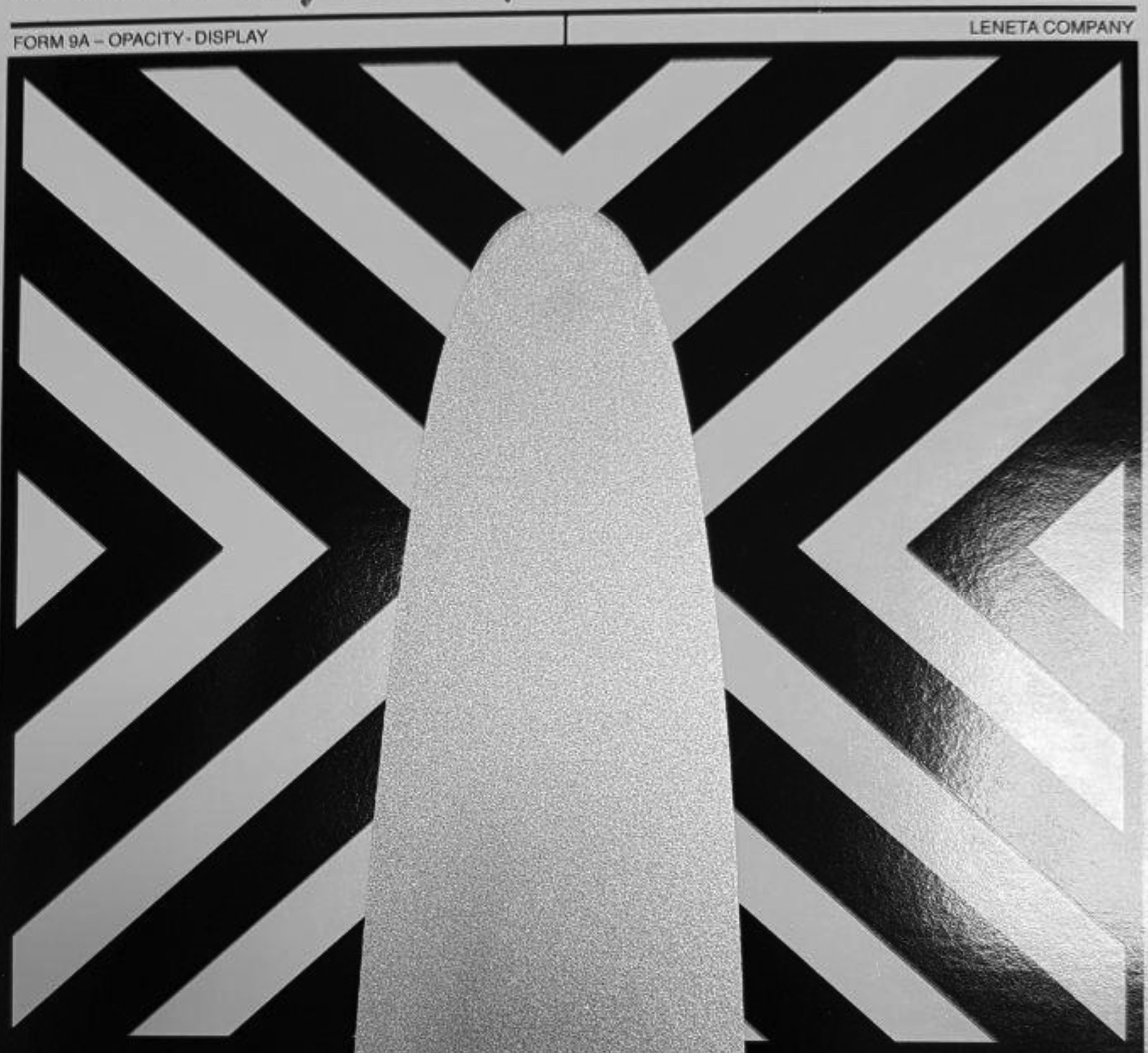NANOSYSTEMS: PHYSICS, CHEMISTRY, MATHEMATICS, 2019, 10 (6), P. 674–680
The influence of wet milling of aluminum and aluminum alloys powder screenings on the characteristics of the aluminum-based pastes
A.V. Egorov – Lomonosov Moscow State University, Faculty of Chemistry, Leninskie gory, 1, building 3, Moscow, 119991, Russia; egorov@kge.msu.ru
D. A. Kozlov – Lomonosov Moscow State University, Faculty of Materials Science, Leninskie gory, 1, building 73, Moscow, 119991, Russia
Yu. B. Mamaeva – Lomonosov Moscow State University, Faculty of Physics, Leninskie gory, 1, building 2, Moscow, 119991, Russia
A. K. Petrov – Lomonosov Moscow State University, Faculty of Physics, Leninskie gory, 1, building 2, Moscow, 119991, Russia
A.V. Garshev – Lomonosov Moscow State University, Faculty of Chemistry, Leninskie gory, 1, building 3; Faculty of Materials Science, Leninskie gory, 1, building 73, Moscow, 119991, Russia; garshev@inorg.chem.msu.ru
P.V. Evdokimov – Lomonosov Moscow State University, Faculty of Chemistry, Leninskie gory, 1, building 3; Faculty of Materials Science, Leninskie gory, 1, building 73, Moscow, 119991, Russia
Ya.Yu. Filippov – Lomonosov Moscow State University, Faculty of Chemistry, Leninskie gory, 1, building 3, Moscow, 119991, Russia
N. K. Orlov – Lomonosov Moscow State University, Faculty of Chemistry, Leninskie gory, 1, building 3, Moscow, 119991, Russia
V. I. Putlayev – Lomonosov Moscow State University, Faculty of Chemistry, Leninskie gory, 1, building 3; Faculty of Materials Science, Leninskie gory, 1, building 73, Moscow, 119991, Russia
A.V. Chetvertukhin – Lomonosov Moscow State University, Faculty of Physics, Leninskie gory, 1, building 2, Moscow, 119991, Russia; chetvertukhin@nanolab.phys.msu.ru
I.Yu. Mikhailov – LLC Light Materials and Technologies Institute, Leninskiy prospect, 6/21, Moscow, 119049, Russia; ivan.mikhaylov@rusal.com
S.V. Polyakov – JSC Russian Aluminium Management, Vasilisy Kozhinoi str., 1, Moscow, 121096, Russia
A. A. Fedyanin – Lomonosov Moscow State University, Faculty of Physics, Leninskie gory, 1, building 2, Moscow, 119991, Russia
The milling of aluminum powders in non-aqueous solvents is used in the production of high-quality pigment pastes of flake shapes with thickness from some microns to hundreds of nanometers. In Russia, such pigments are not produced at a large scale, however, spherical powders made from aluminum and its alloys are manufactured. Starting the production of pigments from screenings of powder production will not only solve the problem of fine fractions disposal, but also reduce the cost of the target fractions powders. The fraction of powders with an average d50 of less than ~20 μm should be disposed. In this research, by varying the laboratory conditions, the parameters for milling screenings of A8 aluminum powder, AK9ch and 1201 aluminum alloys were selected. The milling was performed in non-aqueous solvents: a highly refined commercial petroleum solvent and liquid paraffin oil. The prospects of using wet milling for the manufacture of pigment pastes from alloys has been demonstrated including average thicknesses of the flakes about 40–80 nm. Thus, it has been demonstrated that wet and bead grindings lead to thinning of metal powder particles to thicknesses of less than 100 nm.
Keywords: aluminum alloy, screenings of powder productions, wet milling.
PACS 62.20.Qp
DOI 10.17586/2220-8054-2019-10-6-674-680
